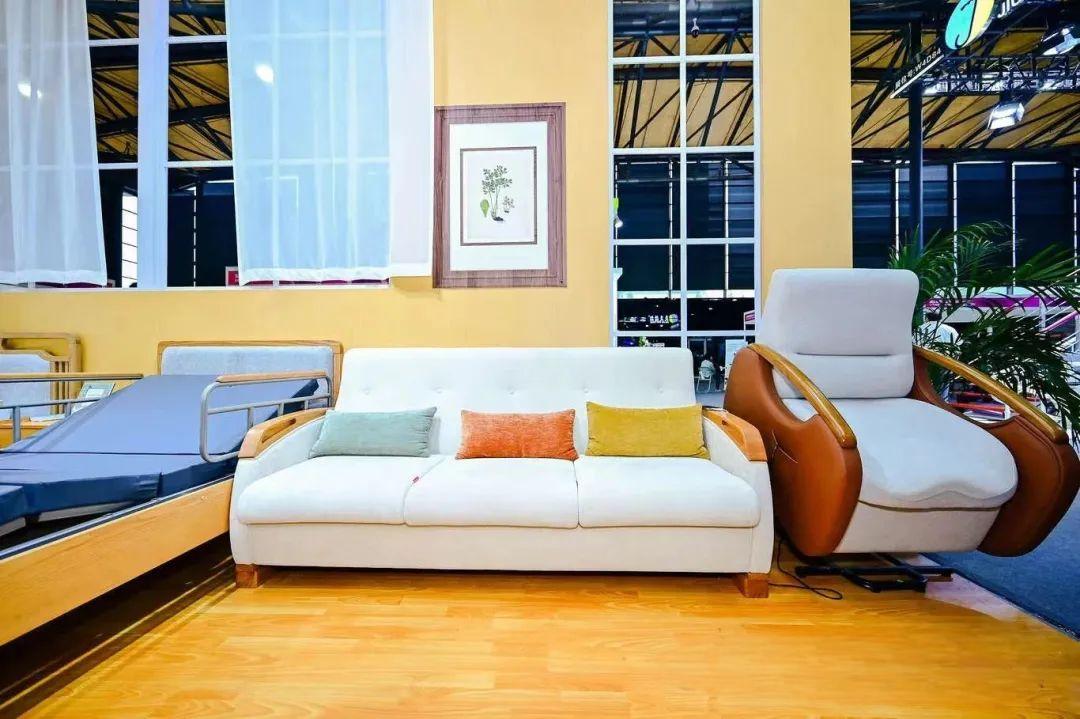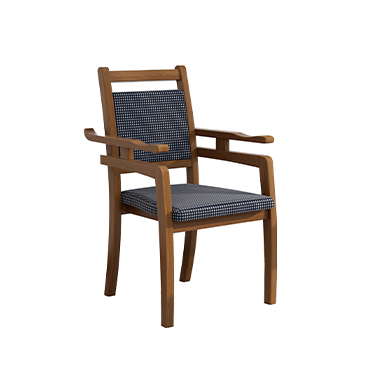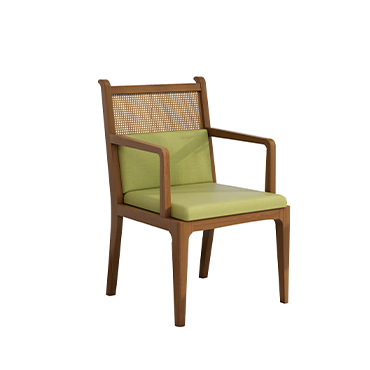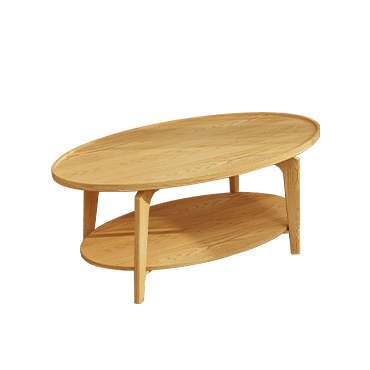Elderly Fall Risks and Prevention: Creating Safer Living Environments
As the global population ages, falls have become one of the most common and serious health risks for older adults. Research shows that falls not only cause severe physical injuries but also place a heavy financial and emotional burden on families and society.
The Global Reality of Falls
According to the U.S. Centers for Disease Control and Prevention (CDC), one in three adults aged 65 and older experiences a fall each year. Many of these incidents result in hip fractures, head injuries, or other serious trauma that often require hospitalization.
Every 15 seconds, an older adult is treated in the emergency room for a fall.
Every 29 minutes, an older adult dies as a result of a fall.
Among those hospitalized after a fall, 40% never regain independent living, and 25% pass away within one year.
These statistics highlight a critical issue: falls are the leading cause of both fatal and nonfatal injuries in older adults worldwide.
Consequences of Falls
Injuries: 20%–30% of older adults who fall suffer moderate to severe injuries, such as fractures or traumatic brain injuries. Hip fractures are particularly concerning—over 95% are caused by falls.
Gender differences: Women are nearly twice as likely as men to experience fall-related fractures.
Long-term impact: Falls often result in reduced independence, increased need for long-term care, and greater risk of depression, loneliness, and social isolation.
The Economic Burden
Falls also create a significant financial challenge:
The average hospital cost per fall injury is around $34,000.
In 2011, the direct medical costs of falls exceeded $36 billion, and with aging populations worldwide, this number is expected to rise steadily.
How to Reduce Fall Risks
While falls are common, they are not inevitable. Many risks can be reduced through thoughtful home design and the use of elderly care furniture:
Safe furniture solutions: Nursing beds with adjustable features, dining chairs with armrests, non-slip shoe benches, and assistive lift sofas provide better support for sitting, standing, and moving safely.
Home environment improvements: Removing clutter, adding non-slip flooring, and enhancing lighting all reduce trip hazards.
Supporting daily life: Well-designed furniture not only provides physical stability but also restores confidence, helping seniors remain active and socially engaged.
Conclusion
Falls are a global challenge for aging societies, but they can be prevented. By choosing safe, ergonomic, and supportive furniture, families and care institutions can create safer environments that protect health, preserve independence, and enhance the quality of life for seniors.





